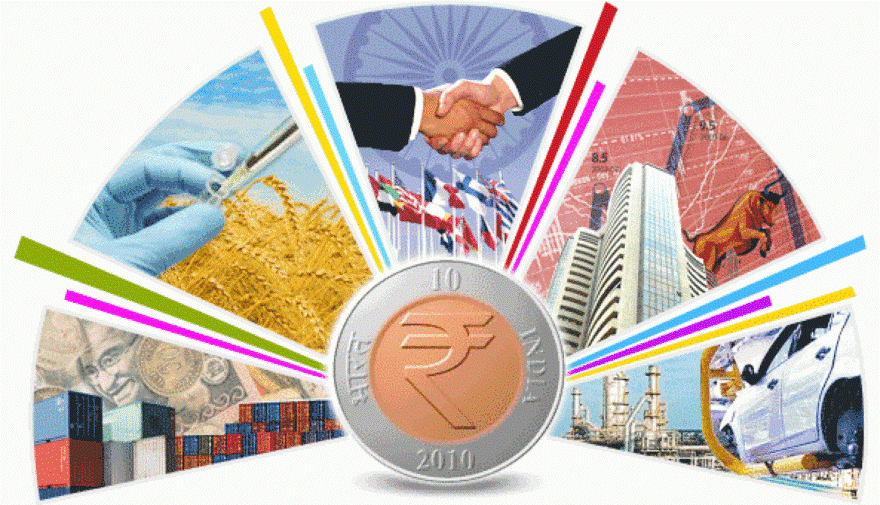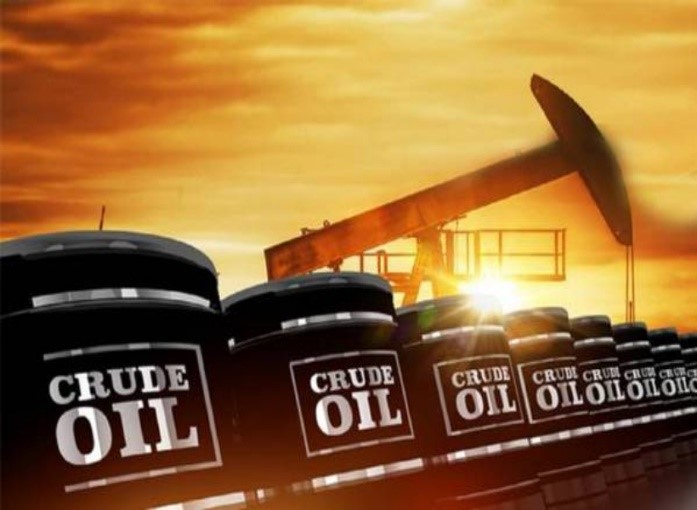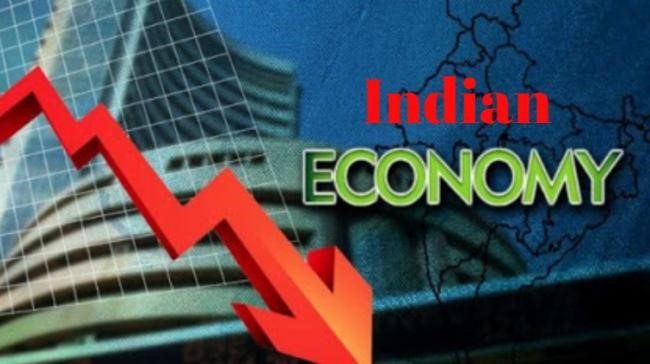How Russia-Ukraine Conflict Impacts Our Economy

The political tension between Russia and Ukraine has impacted global trade which may lead to massive challenges to the global economy. The government of India is keeping a close eye on global commodity prices and their impact on trade. Icra, the Domestic rating agency cuts the FY 23 real GDP growth estimate by a sharp 0.8 percent to 7.2 percent. It is worth mentioning that the Reserve Bank expects an FY23 growth rate of 7.8 percent. The Real GDP growth is expected to moderate to 3-4 percent in Q4 FY22 from 5.4 percent in Q3 FY22 which will lead to an FY22 real GDP growth rate of 8.5 percent.

Earlier, the impact of the third wave of Covid19 was expected to be worse but fortunately, the third wave had less impact in comparison to the last two waves. In recent months, the economy seemed to be back on track, the Russia-Ukraine war and surge in commodity prices related to it, have increased uncertainty. The centre is back on revenue generation but worried about the ongoing war situation which could impact its fiscal calculations. Currently, the key challenges are that the finance ministry will have to budget for an additional Rs 80, 000 crores towards the extended free food grains scheme for the poor.
The Chief Economist of Icra, Aditi Nayar said, ’Higher prices of fuels and items such as edible oils are likely to compress disposable incomes in the mid to lower-income segments, constraining the demand revival in FY23’. She welcomes the extension of the food grain schemes till September 2022 as it would give some relief to the food budgets of vulnerable households.

According to government sources, prices of fertilizers and unavailability of them are a major concern in the farm sector, if the prices keep going up, there could be an additional burden on the already-high fertilizers subsidy bill. Another concern is the soaring edible oil prices due to disruptive supply from Ukraine. Higher petroleum and natural gas and metal prices will add to manufacturing inflation. India’s automobile industry is also facing the impact of both the leading countries involved in the war. These countries are key suppliers of raw materials such as Palladium and Neon gas. The centre is hopeful about the resources not be a major challenge. The robust direct tax collections are already 1.1 lakh crore higher than the revised estimate for the current year. Other strong points are GST collections as well as the customs duty mop-up has been strong so far. It is also expected that with strong revenue flows this year, the Centre may end with a better than budgeted fiscal deficit. To secure the crude supplies and to reduce the dependencies on crude oil from one region. PSUs (Oil Public Sector Undertakings have started procuring oil from different countries, as- the Middle East, Africa, North America, and South America. It is expected that with the economic recovery in fiscal 2023, the demand for diesel is also expected to improve 5-7 percent.